In an era of analytics, there has never been a more effective way of ranking goaltenders in an unbiased manner. One of the more simple yet effective statistics used to do this is goals saved above expected (GSAx), which tracks how many more or fewer goals a goalie is preventing when compared to the average.
Related: 10 NHL Teams with the Best Goaltending Since 2008-09
It’s always fun to look at the best teams and individuals in this category, but it is also interesting to look at some of the worst. Which teams have struggled the most in goal since GSAx started being tracked in 2008-09?
10 – Edmonton Oilers
For a team that failed to make the playoffs from the 2008-09 season through the 2015-16 season and acquired a first-overall draft selection four times in that span, being the 10th-worst team in GSAx isn’t necessarily a shocking result. The Edmonton Oilers have had a few serviceable to above-average starters in recent memory, though.

Overall, a minus-79.5 GSAx isn’t too fantastic. Notably, Mikko Koskinen signed a $13.5 million extension over three seasons despite never recording a season with a positive GSAx with the team. Cam Talbot leads them with an 18.9 GSAx with his best season ending with a 33.0 in the category. Stuart Skinner could be the next great Oilers’ netminder and potentially the best of the Connor McDavid era to overtake him, recording a GSAx of 6.8 in the regular season.
9 – San Jose Sharks
Even though the San Jose Sharks have made the playoffs all but five times in the 15-season history of GSAx, it has not been a favorable statistic for them over the years. The only starting netminder to have a positive rating in his career was Evgeni Nabokov, but he was reaching the end of his career at that time and only posted a GSAx of 0.9 when all was said and done with the Sharks.
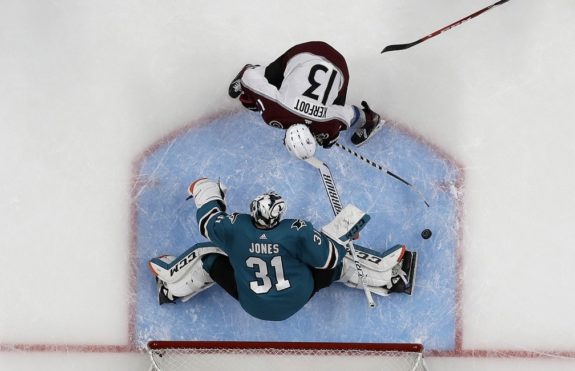
The team’s longest-tenured goaltender was Martin Jones, but he was also their worst in terms of GSAx. This is not surprising due to quite a few seasons where he struggled towards the end of his time with the Sharks which eventually led to him being bought out. More often than not, San Jose was either just getting by or having slightly above-average seasons from their goaltenders, with the best season from one of them being 12.6. Now in a rebuild, they will likely continue to move down this list rather than up it.
8 – Chicago Blackhawks
Even though Chicago won three Stanley Cups in the GSAx era, they still find themselves on this list. Their recent years have not been too kind to them, and they have had the second-worst backup goaltenders according to GSAx as well.
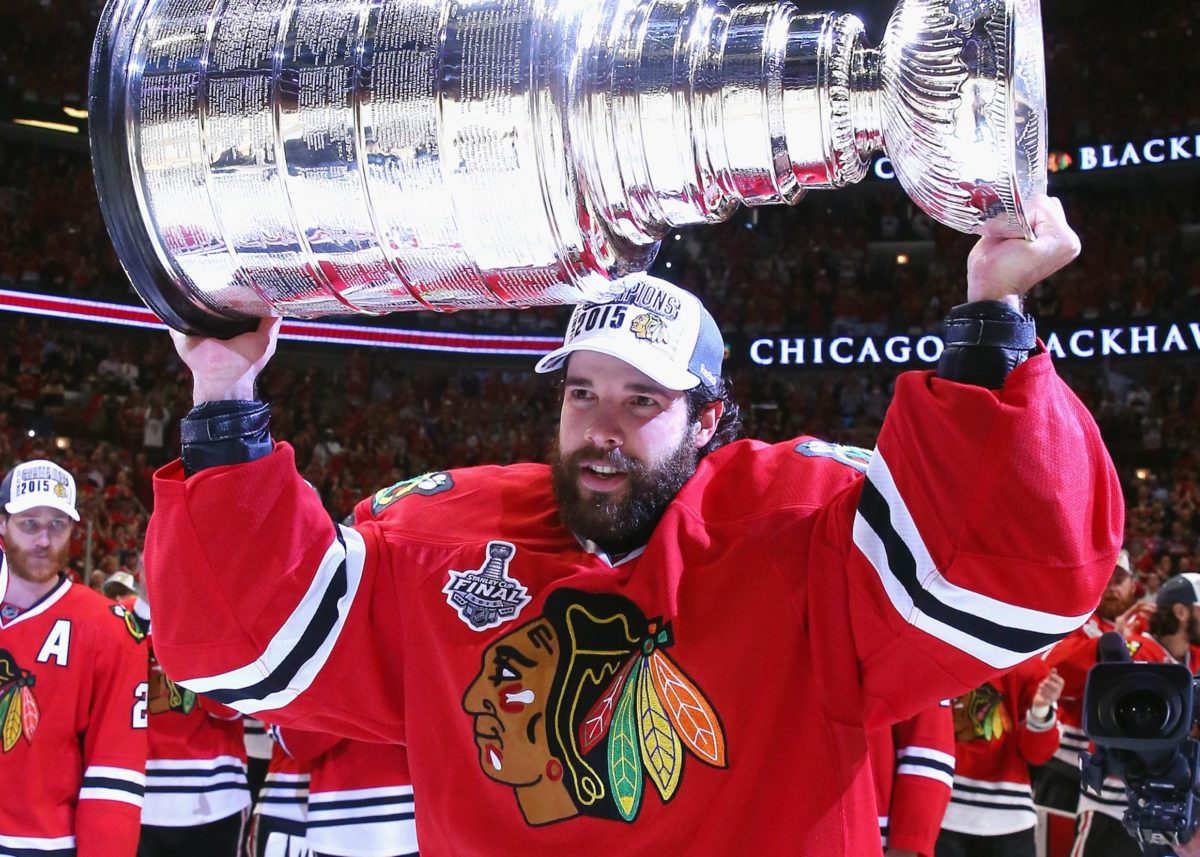
Before the team entered their nightmarish rebuild in more recent years, the Blackhawks had some tremendous goaltending with Corey Crawford. Both the eye test and the analytical test back up that he was terrific for them, finishing with a GSAx of 50.1. Kevin Lankinen contributed to this poor ranking the most with a career GSAx of minus-42.9, but he has actually become one of the best backup goaltenders in the league since leaving Chicago, recording an 8.6 GSAx with the Nashville Predators in 2022-23.
7 – Buffalo Sabres
The Buffalo Sabres started out their GSAx era with a bang, but this quickly faded after goaltender Ryan Miller was dealt to the St. Louis Blues in 2014. There is a very good reason why his jersey number has been retired by Buffalo, considering he is the only true starting goaltender for the team to have a positive GSAx for their career.
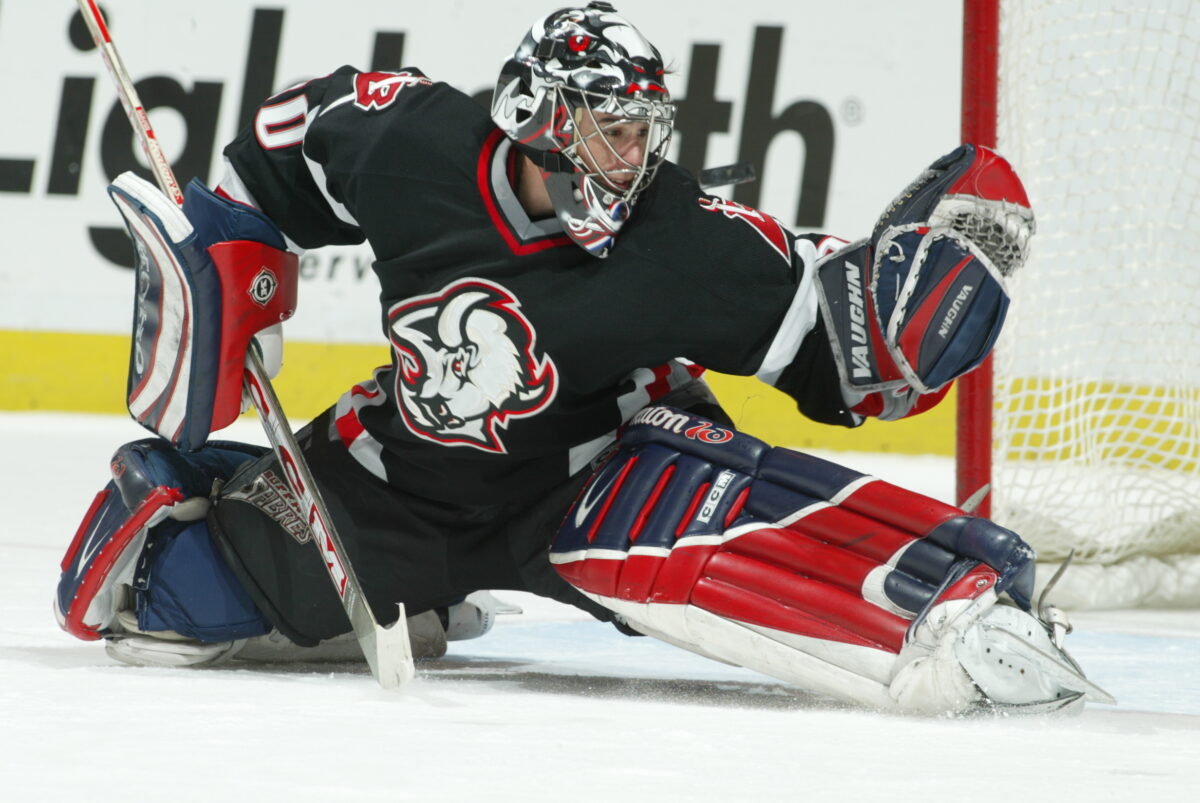
After Miller’s career 47.2 GSAx with the Sabres, it gets pretty dicey. The team struggled to find an adequate replacement for a while, but they might have found it in Devon Levi. Posting a 3.1 GSAx in just seven games last season, he could be the next goaltender to have his jersey retired for the team if he continues his pace. It’s early, but there should be a lot of optimism for him.
6 – Calgary Flames
Since goaltender Miikka Kiprusoff was in his prime, the Calgary Flames have desperately been looking for a replacement. With the best netminder being Mike Smith since 2008-09 with a peak GSAx of 14.3, the Flames are still on the lookout.
Kiprusoff was not exempt from the issues in Calgary, but much of that had to do with him being overplayed when he was out of his prime. He recorded a minus-54.4 GSAx with the Flames, but that doesn’t speak to his true capabilities. Since he retired, the team has had six different true starting netminders to fill that void. Currently, Jacob Markstrom holds that role but his minus-0.3 GSAx is a bit underwhelming for the $36 million contract he was given that won’t expire until the 2026-27 NHL season. 22-year-old Dustin Wolf could potentially take over the reins and change the tides for Calgary, as he has been exceptional in his young career thus far.
5 – Minnesota Wild
In a pretty surprising twist, the Minnesota Wild have not had a positive starting goaltender in terms of GSAx in their entire history. The team has had some of the best defenses in that time frame, but the same cannot be said about their goaltending. They have had some good peak seasons, but consistency has been a problem. Fortunately, this might be changing soon.
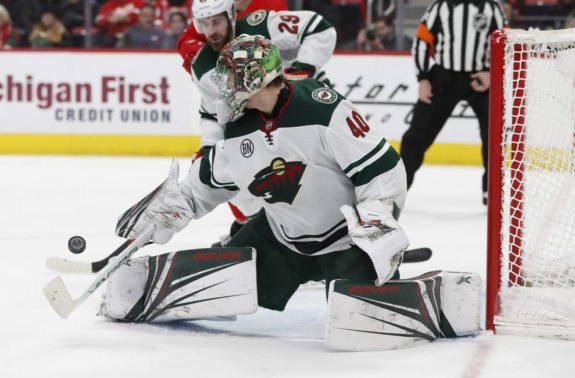
The Wild had some Vezina Trophy-level seasons out of Devan Dubnyk for a while, but his play eventually fell off and they were forced to let him go. Since then, Talbot and Marc-Andre Fleury have been serviceable but nothing too extraordinary. Filip Gustavsson has been the spark they have been looking for though, having the best GSAx for a single season in team history with 26.6. He will be the full-time starter this season, so expect him to be great. This has been rather rare for Minnesota based on the analytics.
4 – Ottawa Senators
The Ottawa Senators have had some struggles in finding consistency in goal over the years. Craig Anderson was the starter for the team for almost a decade, but age eventually caught up to him and left him with a GSAx of minus-30.7. He still had several elite seasons and helped guide them to a few playoff berths, so his tenure was more positive than negative.
One of the best stories in the history of the NHL was the emergence of Andrew Hammond in the 2014-15 season. With the playoffs being all but impossible to clinch for Ottawa, they turned to an unknown netminder to see what he had. He eventually became the starter and earned himself a 20-1-2 record, allowing the Senators to make the postseason. This story was sensational, but the Senators have still not been great in goal overall. Their starters have not been a major issue, but their backups have had a minus-94.0 GSAx historically which is the worst mark in the league. Current backup Anton Forsberg has actually had the best GSAx historically for them, with a total of 16.7. He and free agent pickup Joonas Korpisalo could actually be a nice duo, so some improvements are probable.
3 – New Jersey Devils
The New Jersey Devils are a major loser of the GSAx primarily because of when it started. By the time the 2008-09 season swung around, Martin Brodeur was 36 years of age and certainly not at his best. Some difficulty finding a replacement after that as well as some tough defensive luck has given the team a minus-161.5 GSAx total.
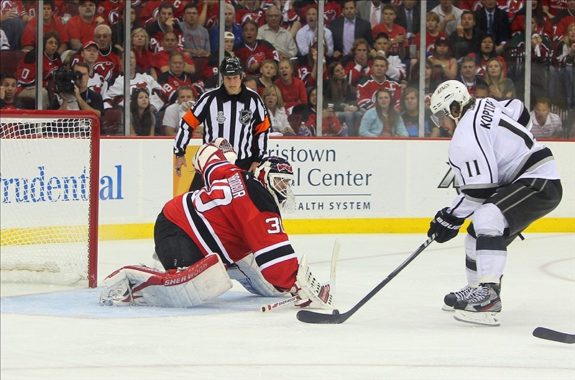
Before the 2022-23 season where the Devils finished with a fantastic 52-22-8 record, they had only made the playoffs once since their trip to the Stanley Cup Final in 2011-12. Rebuilding teams typically do not receive the best goaltending as they are not in the best situation. While GSAx tries to combat that, it is still true that some of their netminders would have benefitted if the team was in a better position. Cory Schneider was their best goaltender since 2008-09, with a total GSAx of 14.8. With current netminders Akira Schmid and Vitek Vanecek, the Devils will likely be trending up this board rather than down it.
2 – Detroit Red Wings
While the Detroit Red Wings have had a few good seasons from their goaltending since 2008-09, it has not been pretty overall. With an aging roster for many years in front of them, many of them struggled mightily. However, there should be some confidence in this new era.
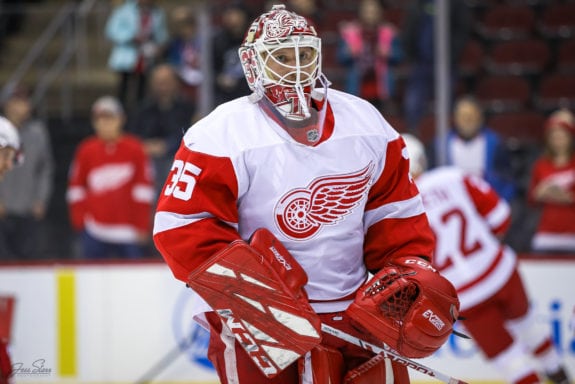
After the Red Wings won their 11th Stanley Cup in 2007-08, they were on a downward trend for several years. After the retirement of Hall of Fame defenseman Nicklas Lidstrom after the 2011-12 season, the only thing consistent about Detroit has been their issues in goal. Even though Jimmy Howard provided the team with a few great seasons, he was overused in the late 2010s by the time he was entering his mid-30s.
Now that Detroit is seemingly on the way up, there should be optimism for some improvement in goal. It was a difficult first season for starting goaltender Ville Husso during his 2022-23 campaign, but he should bounce back this season. A youngster in Sebastian Cossa could be the next great netminder for the team, as well. For now, a minus-176.2 GSAx will be hard to come back from.
1 – Columbus Blue Jackets
It’s a bit surprising that the Columbus Blue Jackets are all on their own in last place with a dreadful GSAx of minus-211.0, and the reason why they are so low is even more surprising. Despite Sergei Bobrovsky winning two Vezina Trophies with the team, they are still in last place by a wide margin.
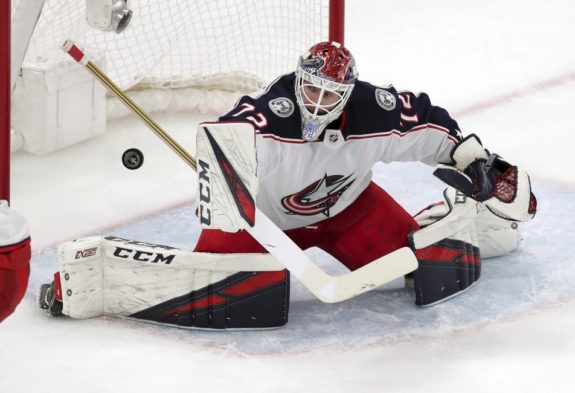
Bobrovsky’s GSAx with Columbus of 42.3 is definitely impressive, but it is still a bit lower than expected. The major reason why the Blue Jackets rank so poorly is because of Steve Mason. Though he won the Calder Trophy in 2008-09 and only played with the team until 2012-13, he has the worst GSAx of a player for a single team in history with minus-119.6 and his peak season still had a negative GSAx. For reference, the next closest is Brodeur with a minus-57.0 in New Jersey. This came down to Columbus not only overplaying him, but also failing to realize that it was time to move on. When they did, he became one of the best goaltenders in the league immediately. Ironically, he has the best historical GSAx for the Philadelphia Flyers with a total of 34.6. Sometimes, below-average play simply boils down to a player not fitting into a certain system. That might have been the case here.
GSAx is a fascinating stat that helps separate the best goaltenders from some of the ones who struggle the most. The goalie position is one that is very complex and cannot be summarized by a single statistic, but it definitely helps the process.
